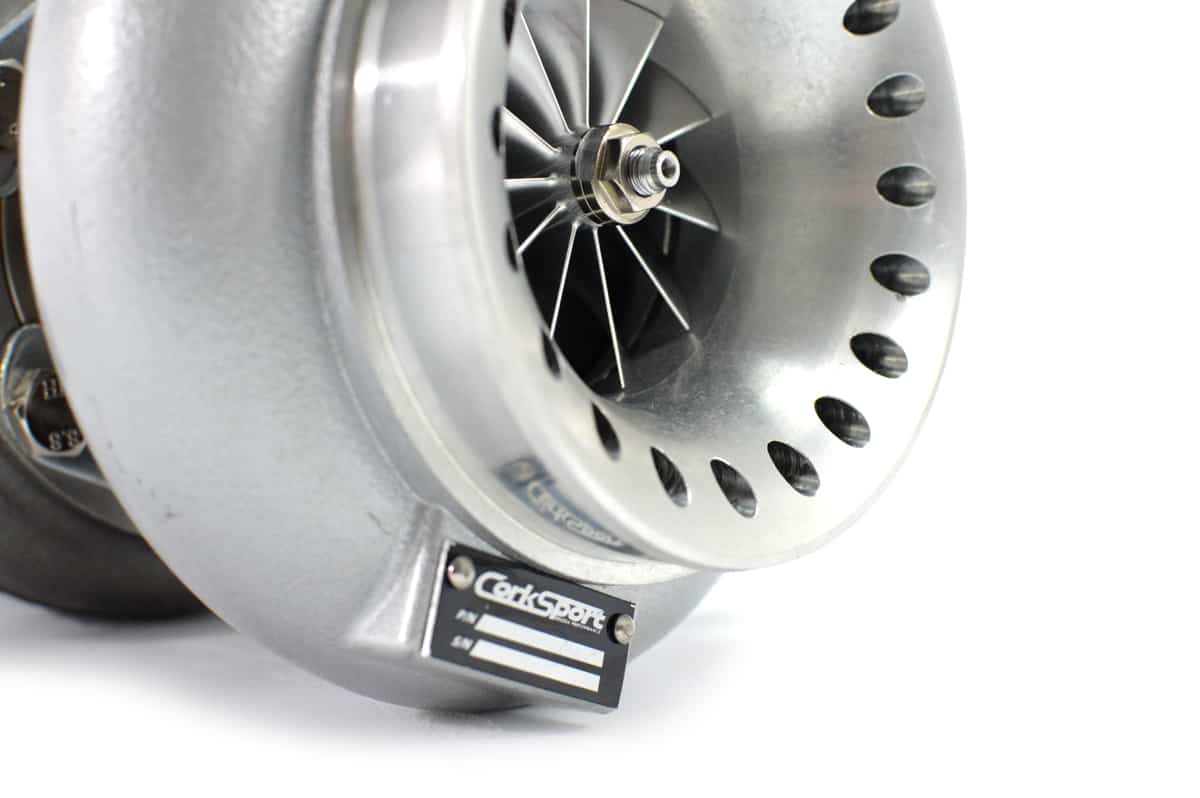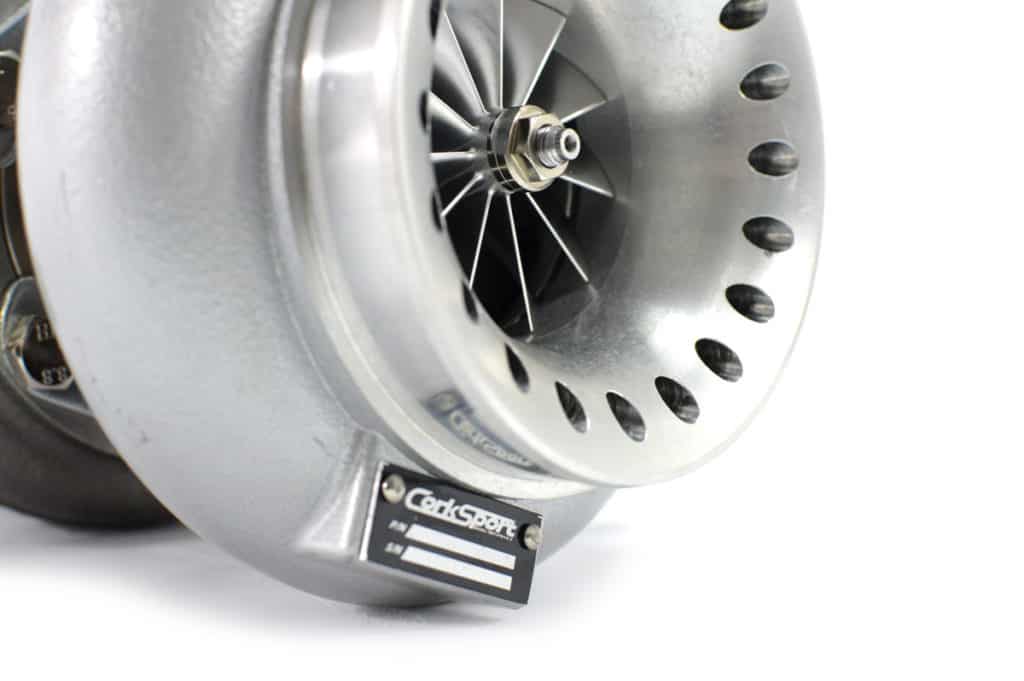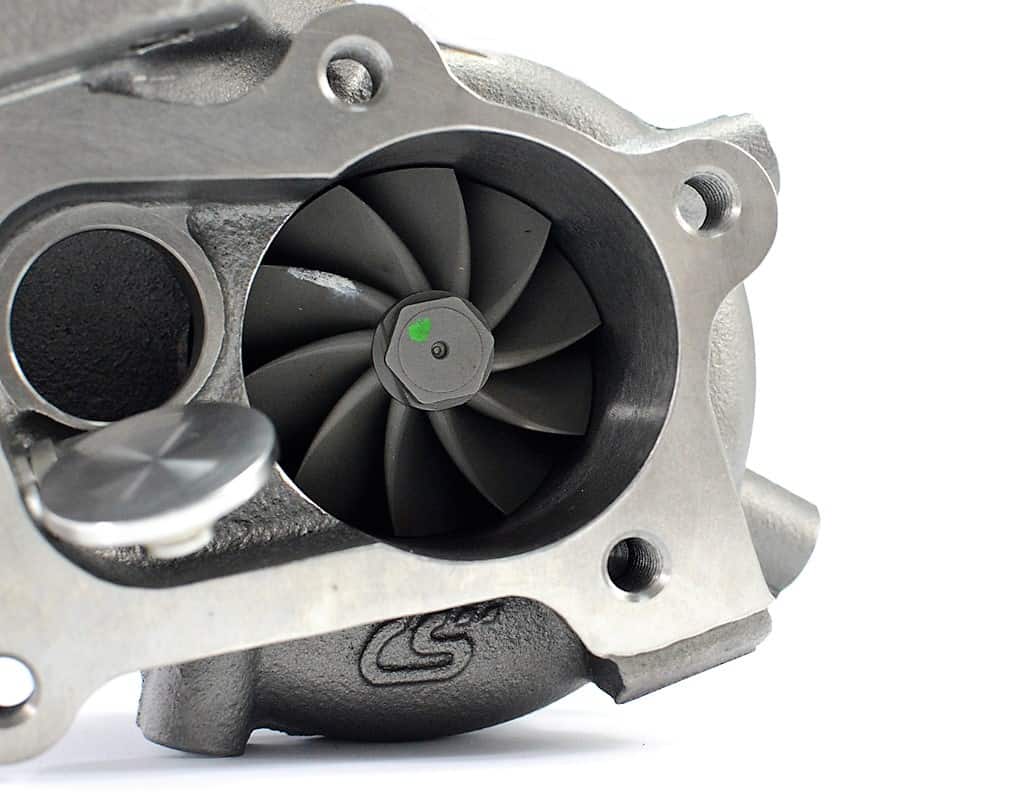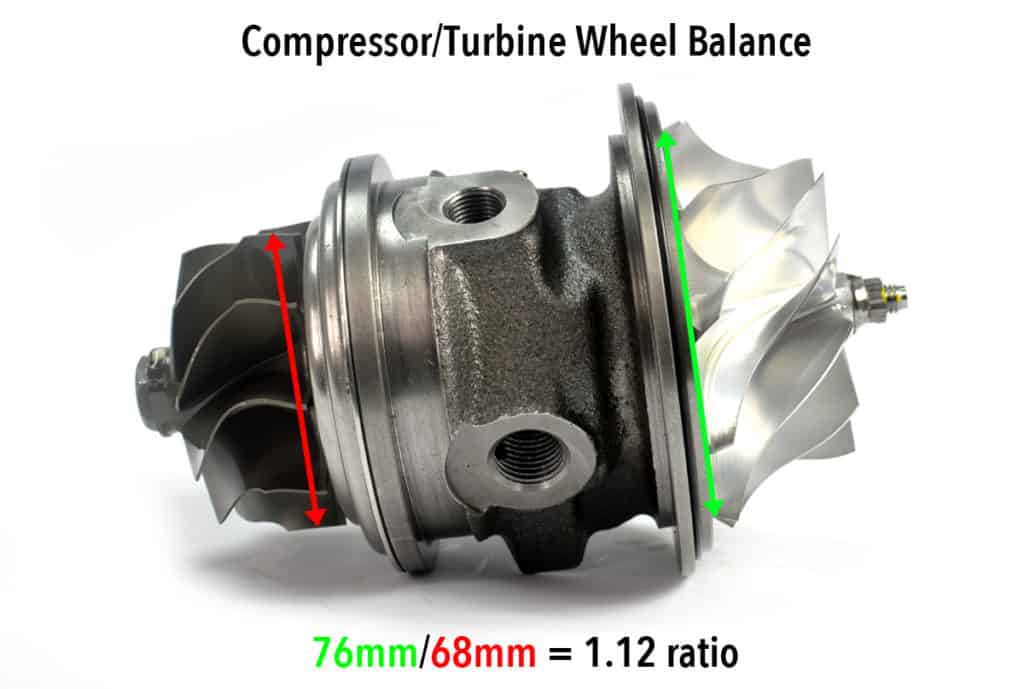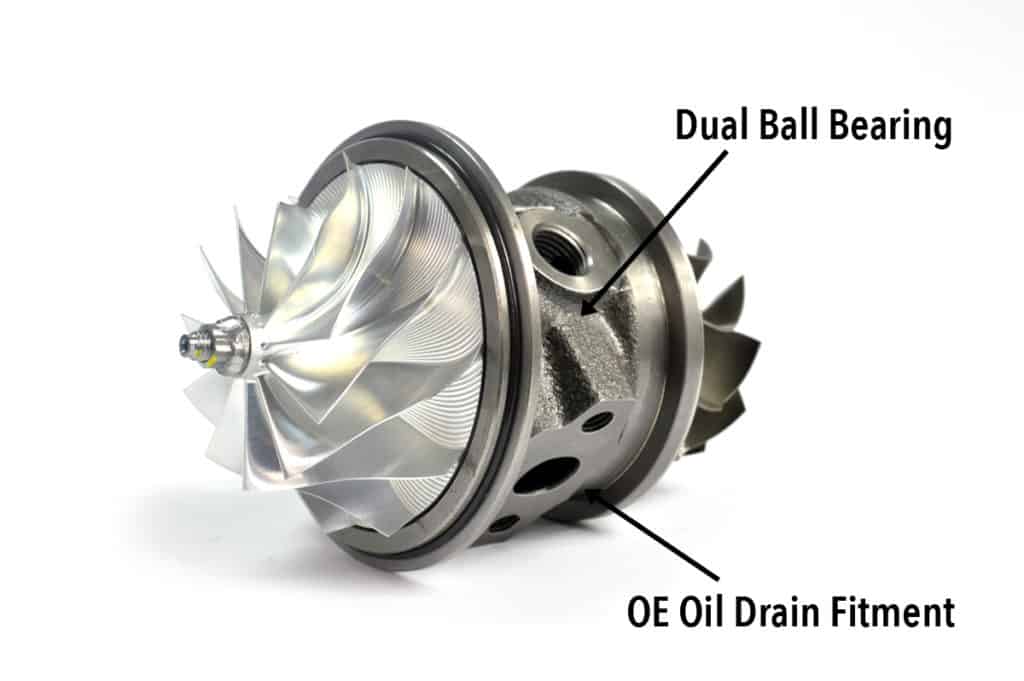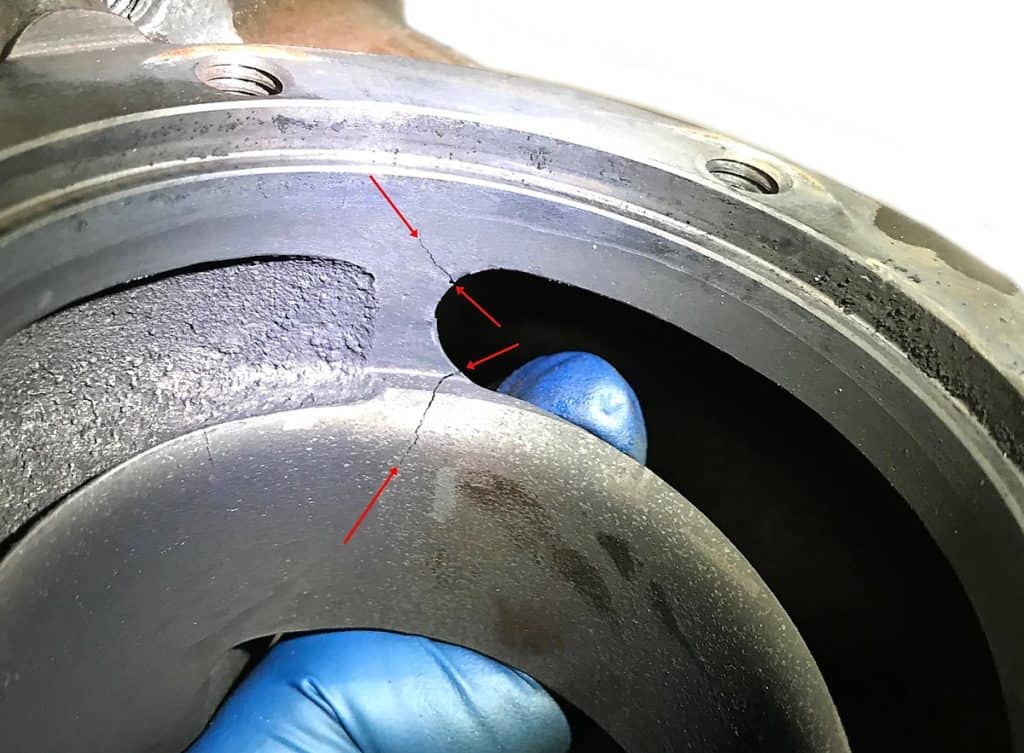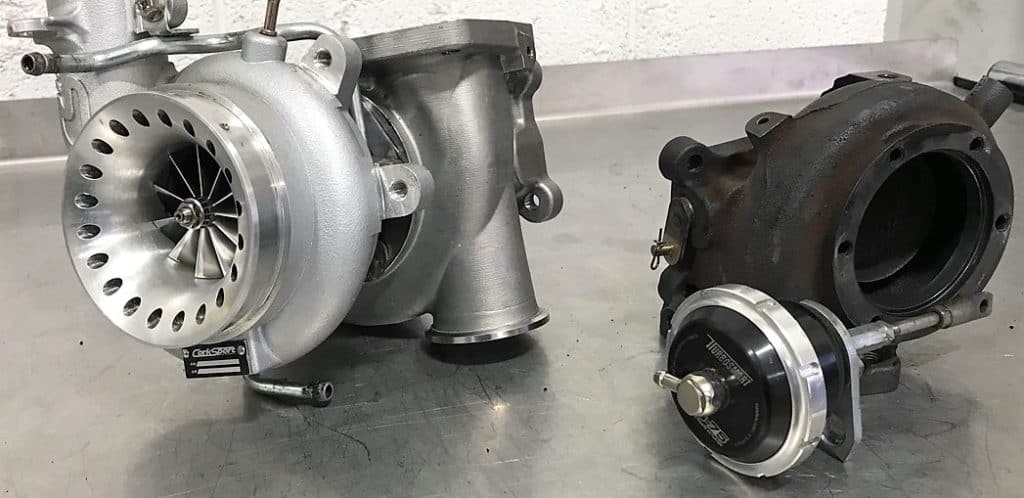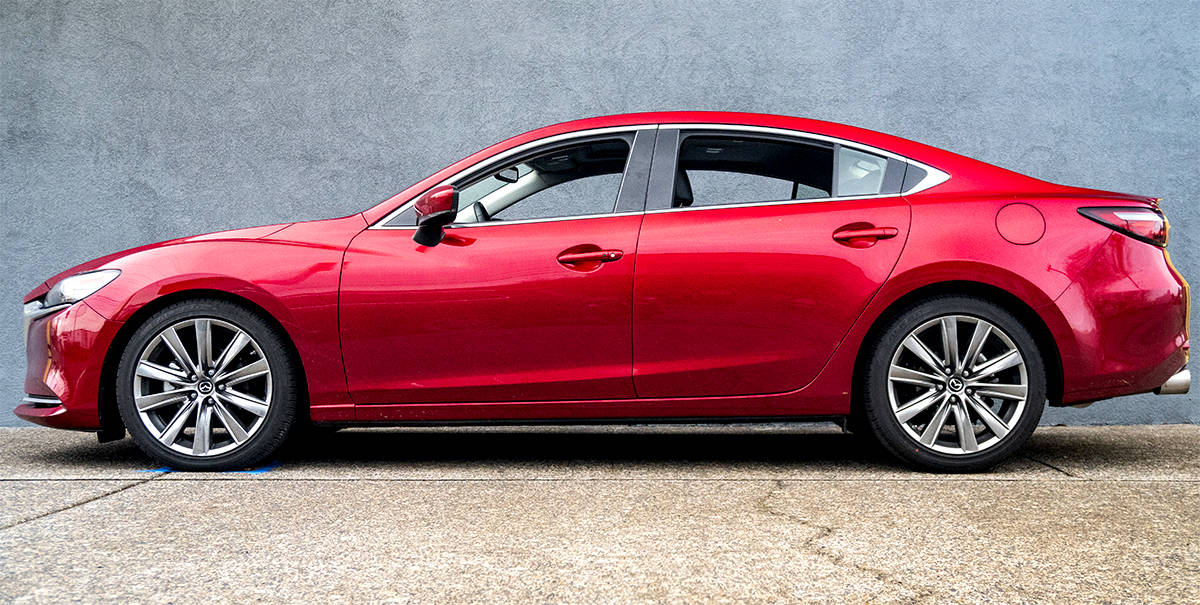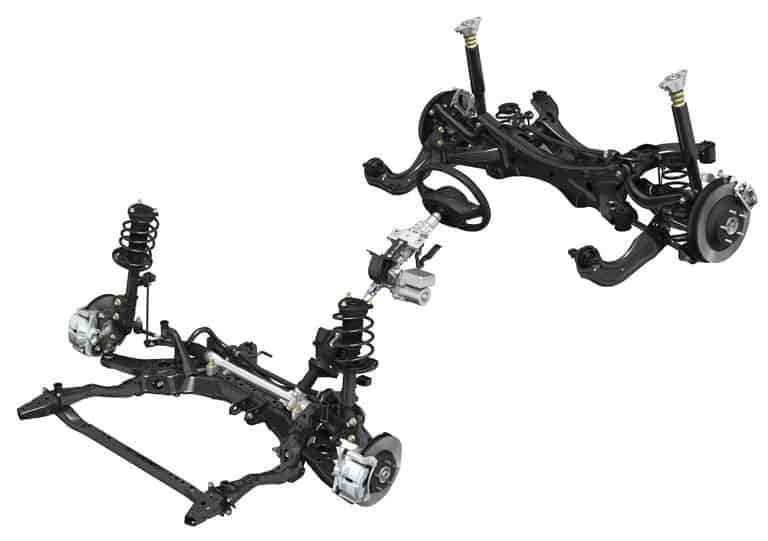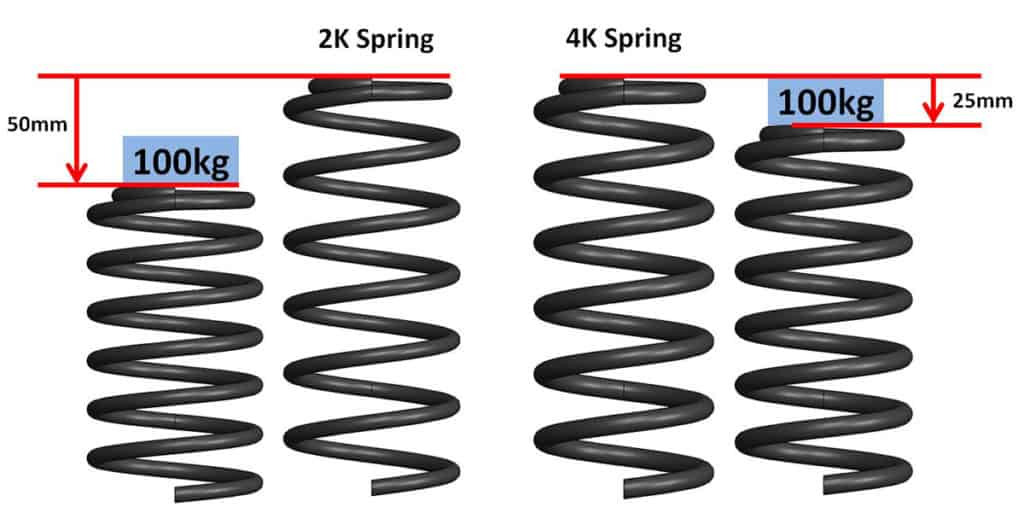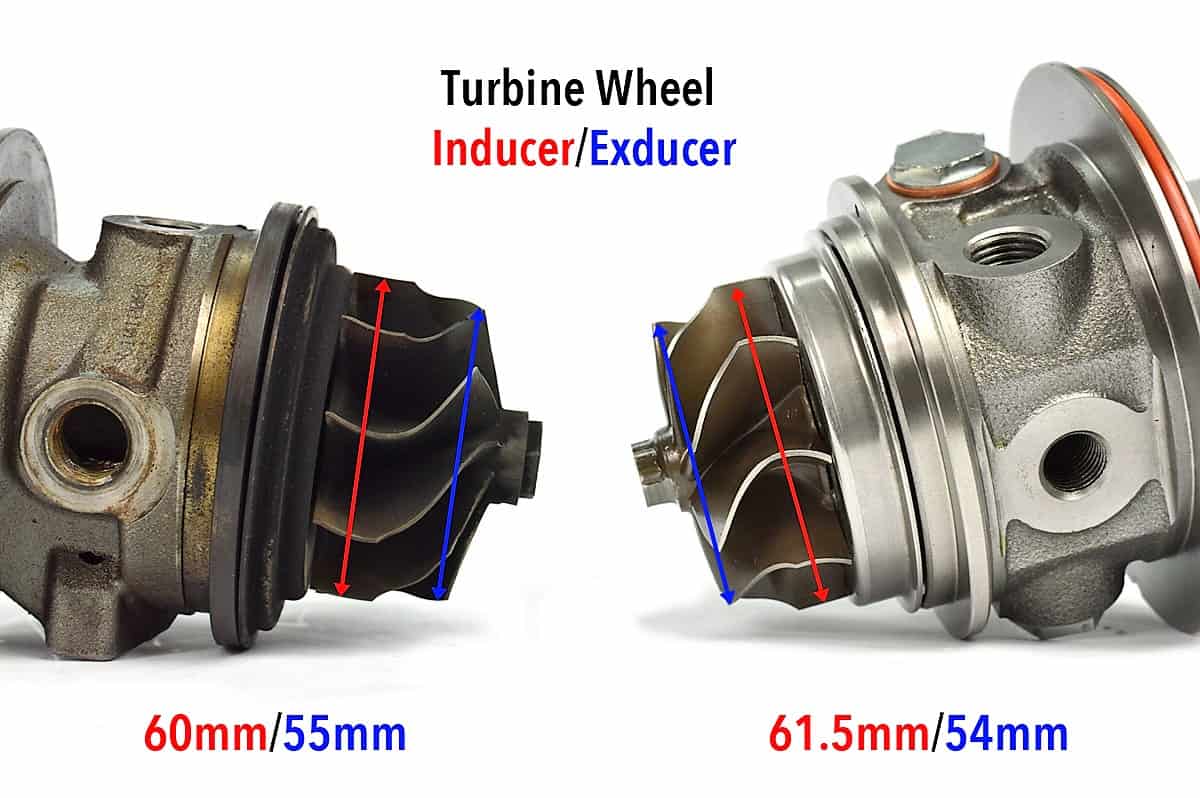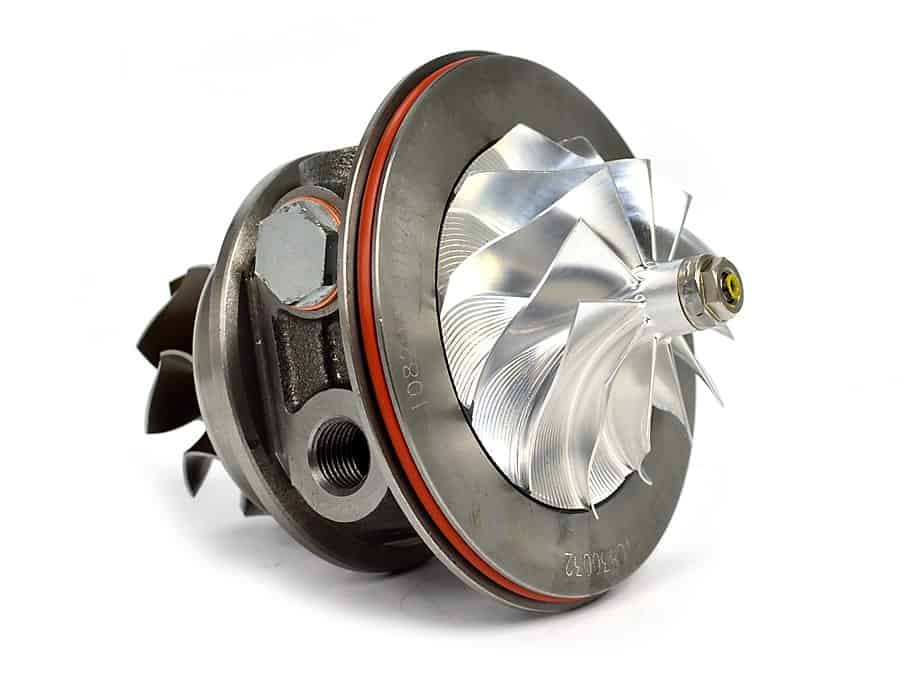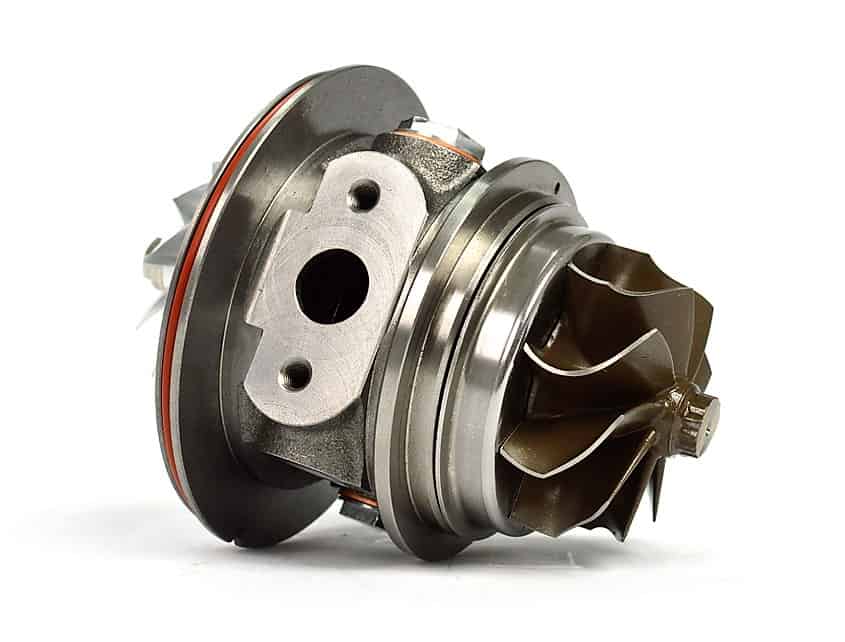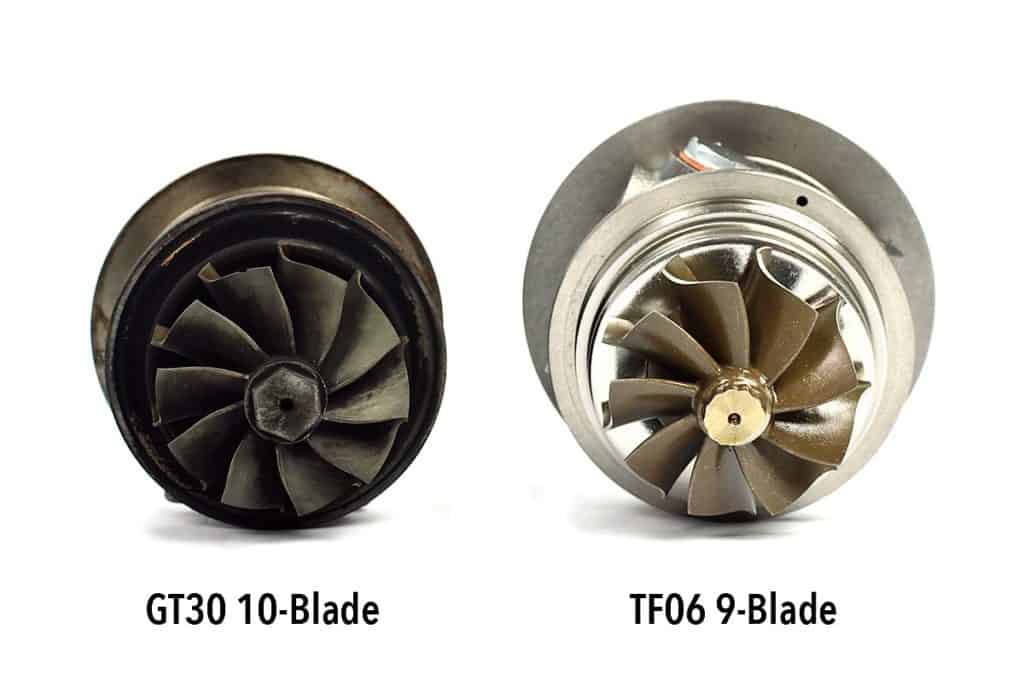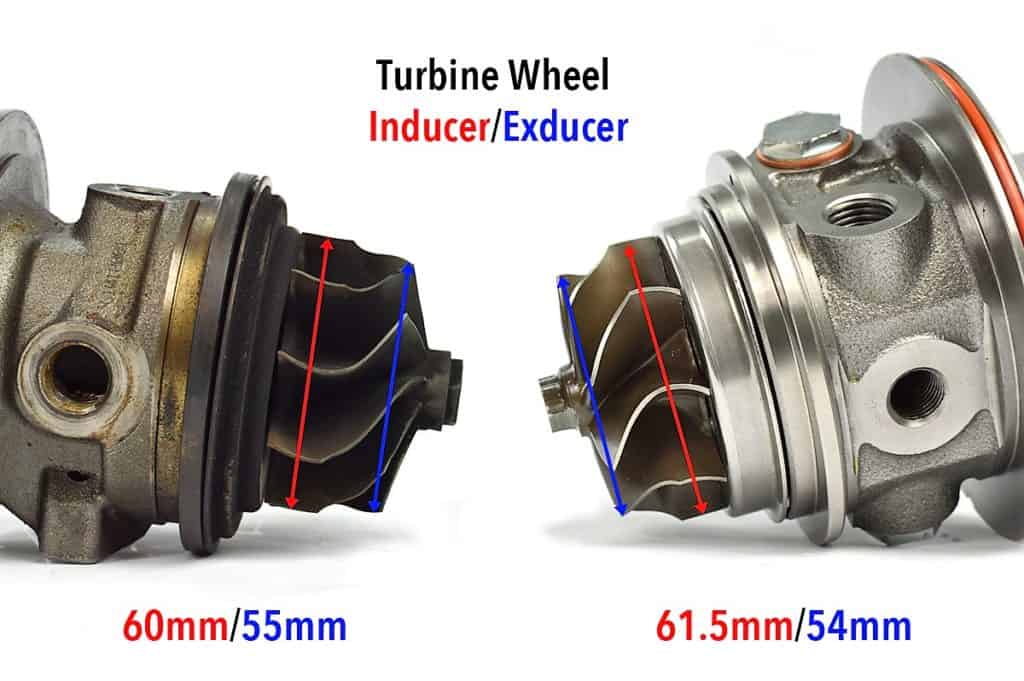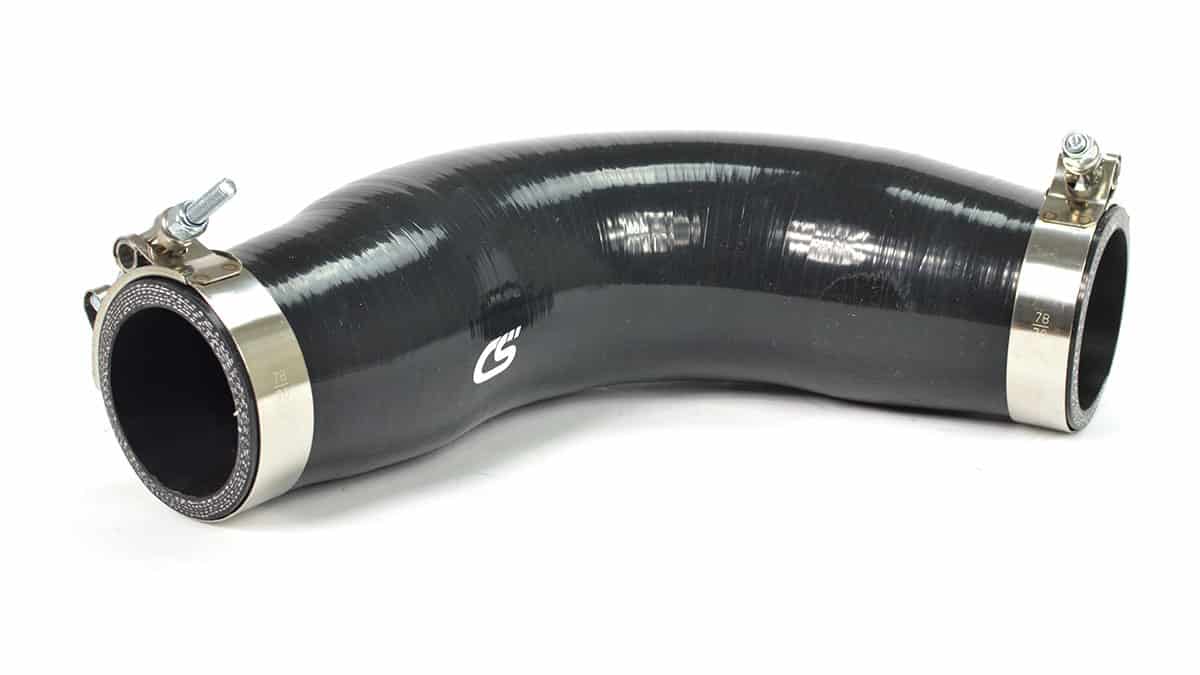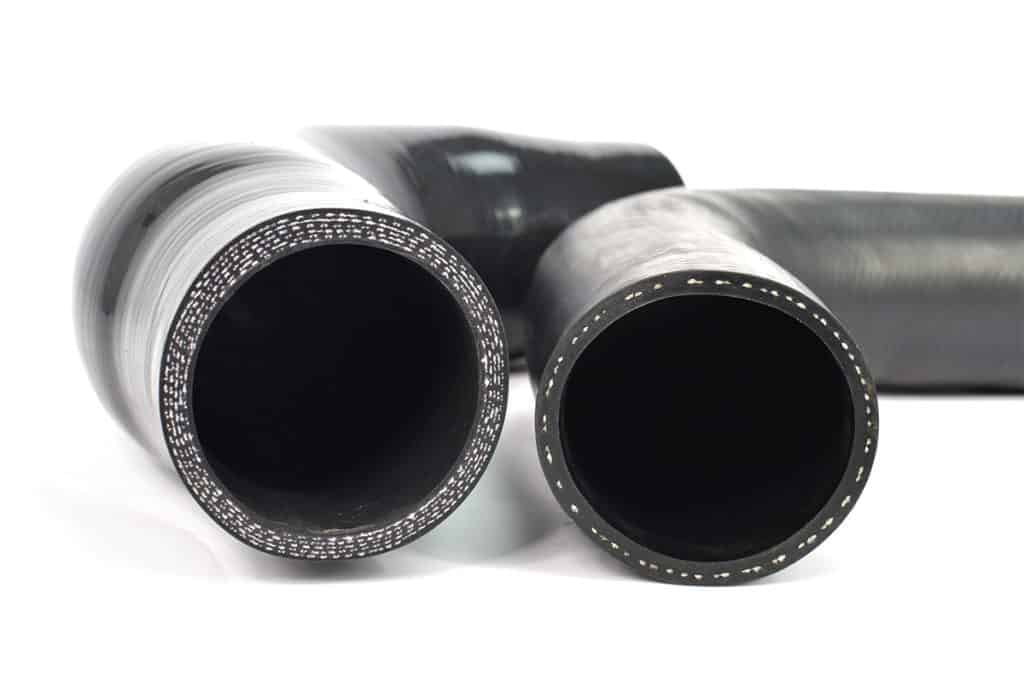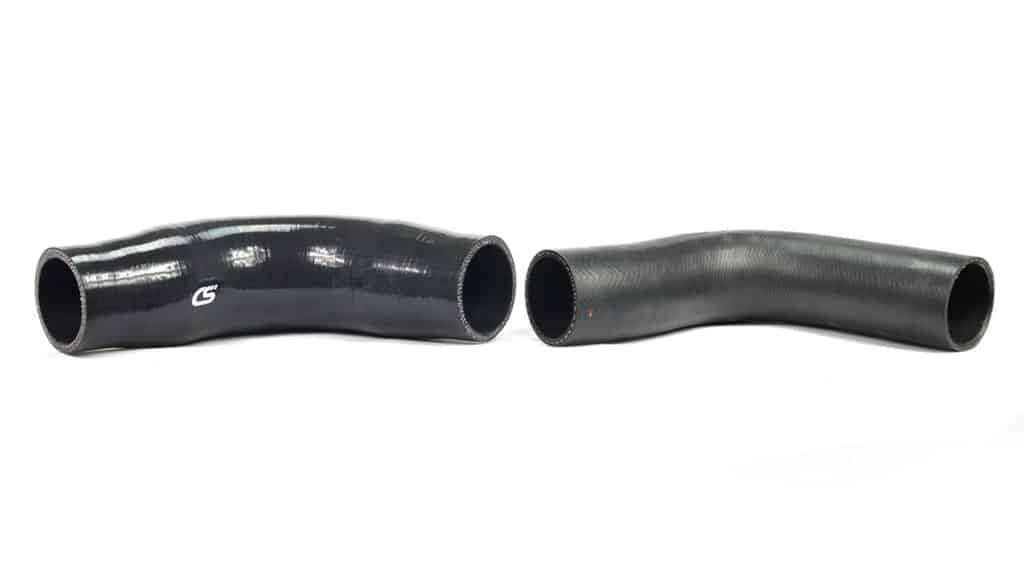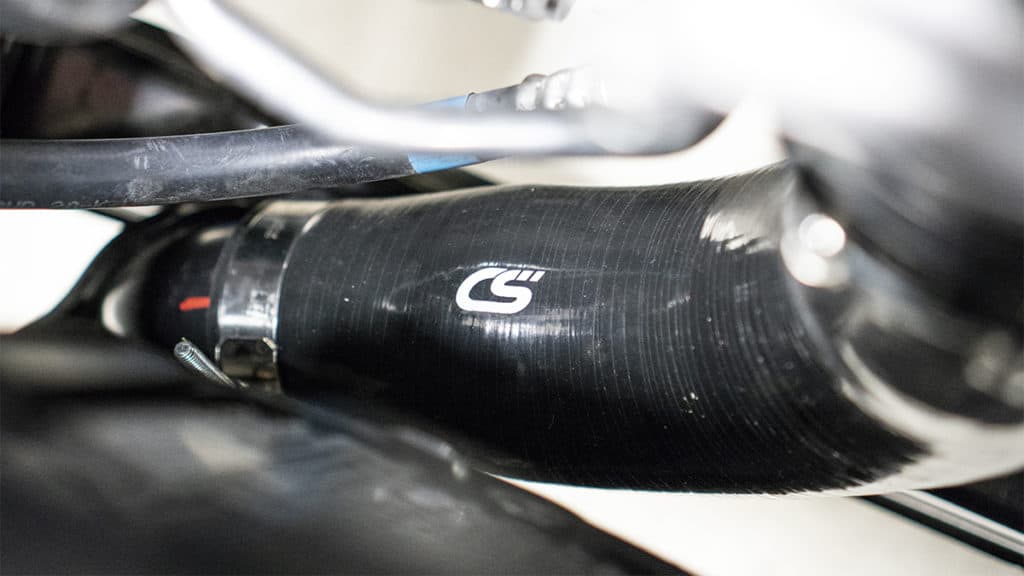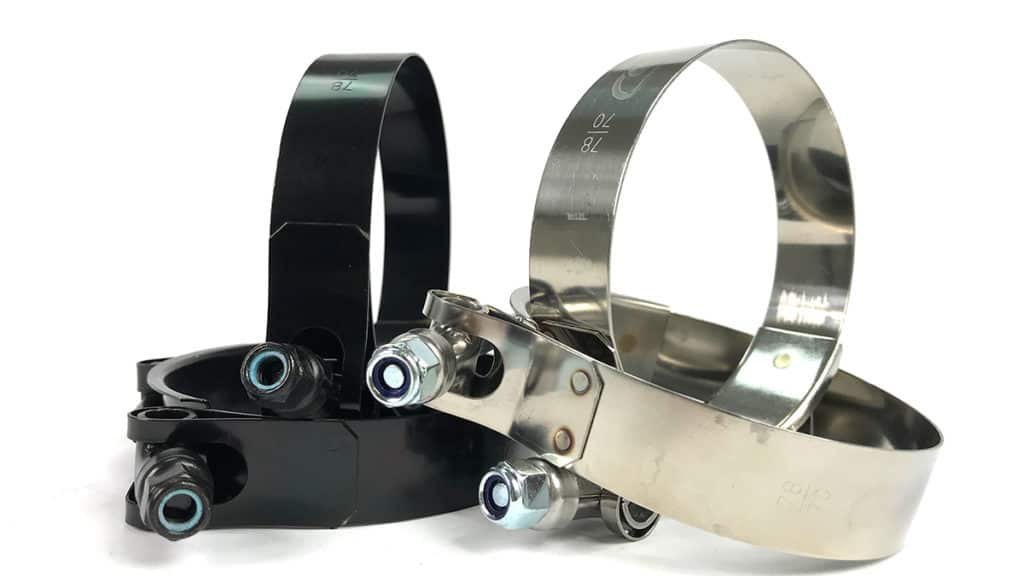We’re back on the new CorkSport turbocharger lineup again with today’s blog, this time focusing on the testing & validation of the “medium big” turbo, the CST5. Just in case you missed it, the CST4 (formerly known as the CorkSport 18G) is getting some company to go along with its new swanky name. Check out the full lineup here and the design behind the CST5 here. Now that you’ve read all that, let’s get into what you’re really here for, testing & dyno numbers.

Stay Up-to-date with CorkSport

We started with the internal wastegate option, to validate the CST5 for drop-in fitment. Since we’ve had a great experience with the drop-in CST4, we knew how to design a turbo around the tight confines of the Mazdaspeed engine bay. The CST5 Mazdaspeed Turbo fits great in the OEM location with just a few minor revisions for proper fitment. It looks pretty good in there too if we do say so ourselves!

Next the car got put on the dyno for tuning and to push the new CST5 to its limits. With a little help from our friend Will at PD Tuning, the CST5 was soon putting down some impressive numbers. We started off with a “calm” boost level of ~25psi. This netted us 450WHP and spool time which surprised us, achieving 20psi by 3500-3600RPM. Turning up the boost and pushing the turbo to its limits, we achieved 519WHP at ~30-31psi on Barett’s built GEN1 MS3. Check out the dyno graph below.
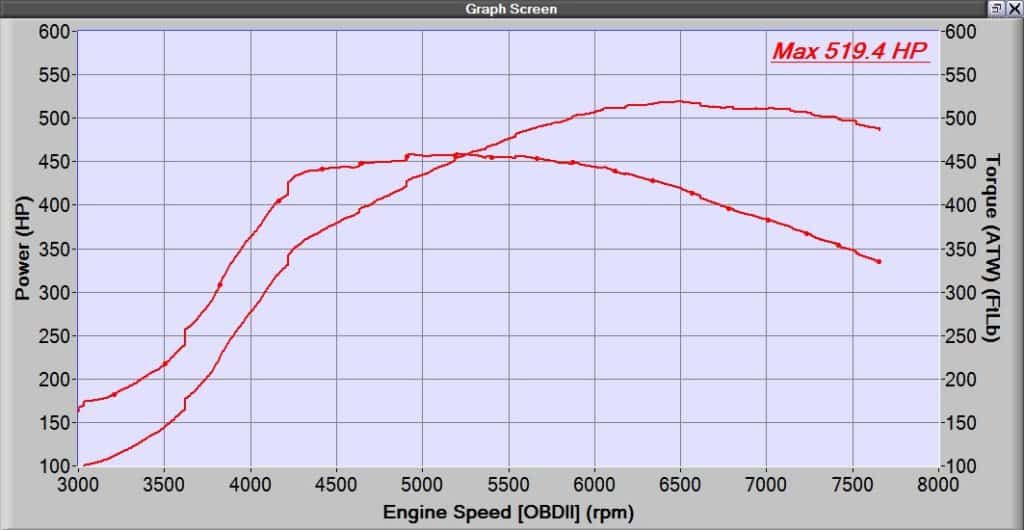
Taking the car out on the street surprised us further at just how early the car was building boost for this size of turbo. Road logs showed that we were making 20psi slightly sooner than on the dyno (3400-3500RPM) but even more surprisingly the CST5 was making 30psi by 3700-3800RPM! Obviously, this is an aggressive tune that would most likely kill a stock block, but, the CST5 Turbo can be tuned to be stock block friendly and still make good power.
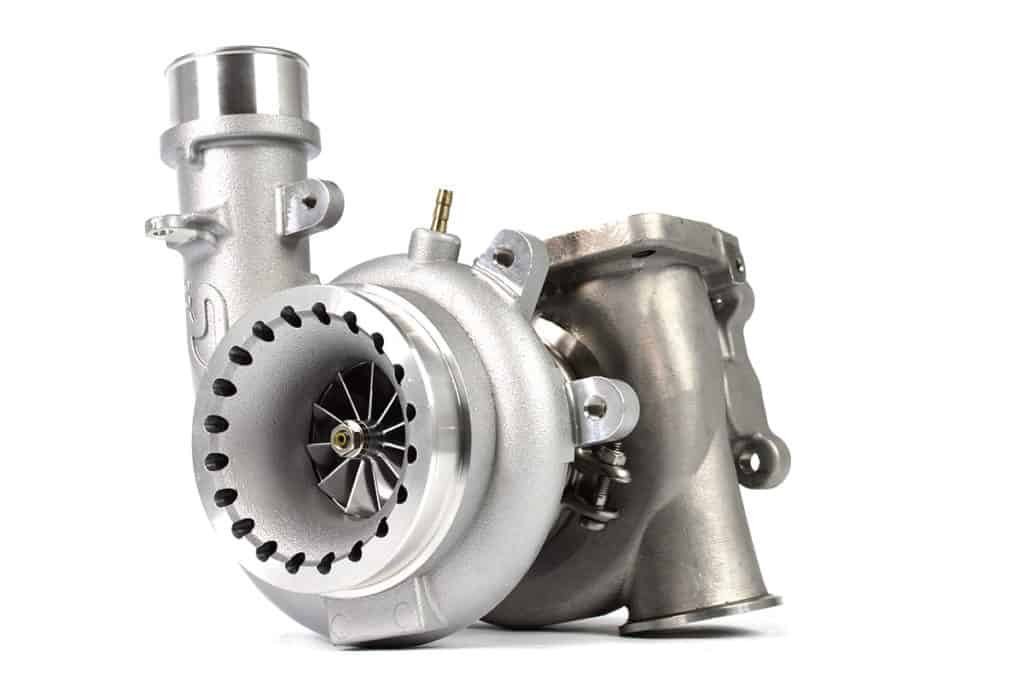
Then came the testing on the EWG variant of the CST5. We had developed a fitment for the CST6 which meant the CST5 had no issues upon install on both Mazdaspeed 3 and Mazdaspeed 6. Next was a quick retune and some power runs. The larger swallowing capacity of the EWG housing meant some extra power at peak, yet spool was nearly unchanged. We made 525WHP at the same ~30-31psi.
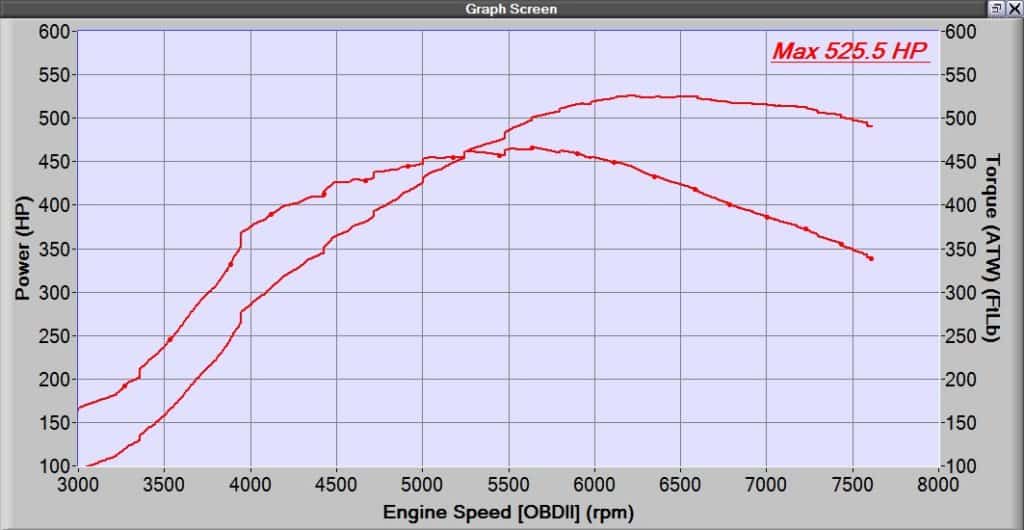
Comparing the IWG and EWG turbine housings you can see a small variation in the graphs. This variation is mainly due to the change from internally waste-gated and externally waste-gated. The EWG setup provides more precise boost control through the RPM range. The EWG setup allows us to better tune the “torque spike” around 4200rpm vs the IWG setup. For peak power the IWG and EWG housings are within the margin of error which makes since because they are both 0.82 A/R housings.
Further supporting the IWG and EWG setups, both options allow you to tune the spring pressure so you can better setup your CST5 Turbo and Speed for the fuel and boost levels you want and of course the most noticeable difference is what you hear. What’s an EWG without a screamer pipe!
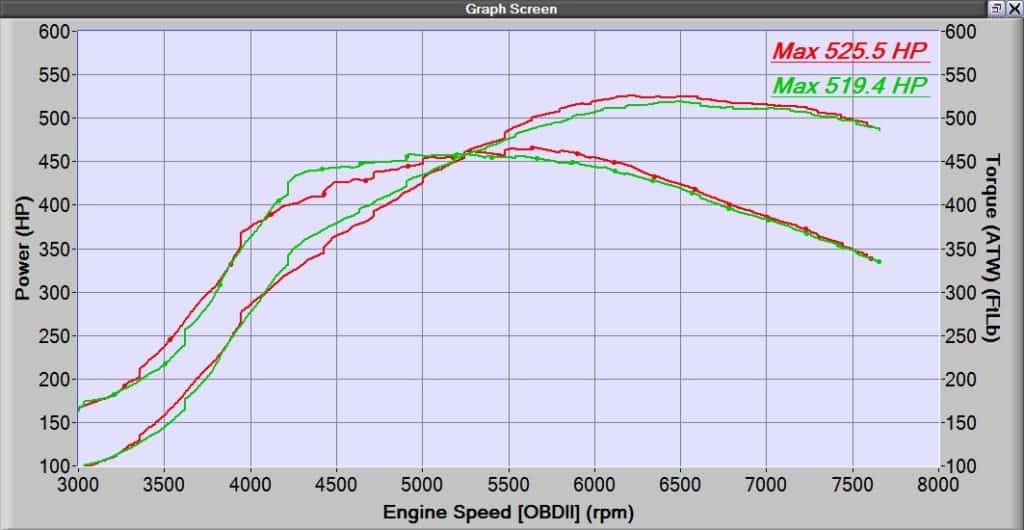
Wrapping up testing showed exactly what we were hoping for with the CST5: a great middle ground between the existing CST4 Turbo and the upcoming CST6 Turbo that can be used on both high-powered stock block and fully built cars. Our testing continues as this blog is written as the CST5 is being beta tested by a close friend of CS with a freshly built Dankai 2.
There’s more to come from the new CorkSport turbo lineup so stay tuned for more info on the CST5, CST6, and EWG housings.
-Daniel @ CorkSport
Connect with us
You may also like:


